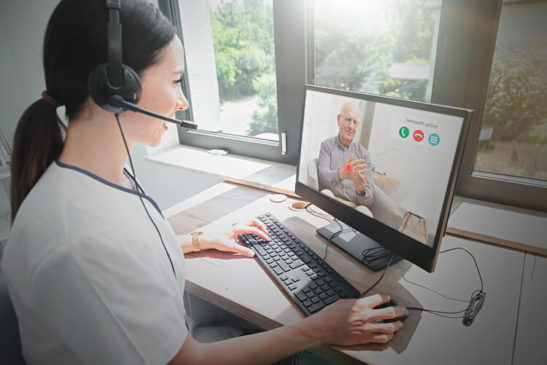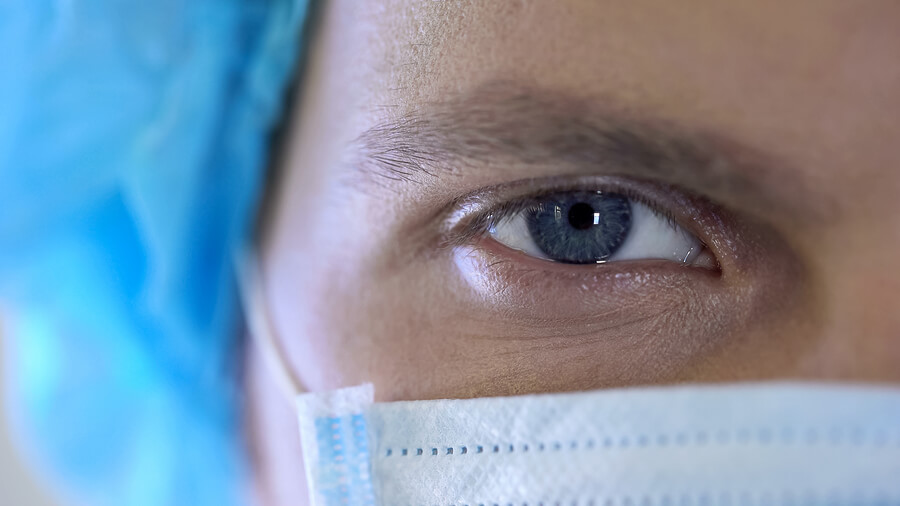Pandemic Patient Policies
As ophthalmologists move from the urgent care-only phase, to scheduling routine eye exams again, it is important to know how patient safety is being protected. By now, all practices should be posting updated pandemic policies prominently on the homepage of their website, and including the update in the recorded messaging for patients contacting the office by phone. Being aware of the changes you will encounter during your next office visit will elevate your comfort and trust in the process.
Questions that need answers…
- Can a telemedicine consultation be substituted for your in-person office visit.
- How is staff being screened for COVID?
- How is social distance being respected in waiting areas?
- How is close contact being minimized in exam rooms between patients, doctors, technicians?
- What is hand washing, sanitizing procedure?
- What is frequency of sanitizing equipment and surfaces?
- Are doctors and technicians wearing masks and using breath shields?
Patients should know they need to…
- Cancel appointment if exposed to or symptomatic of COVID.
- Be screened for COVID symptoms immediately before appointment.
- Attend appointment alone, or get authorization for accompanying guest.
- Wear a mask.
- Wait to speak until exam is over and doctor or technician can move to a safe distance.
Send us your questions on this topic to [email protected]. We’ll be discussing it again in an upcoming OE Patients Podcast.

Image shows doctor consulting with patient on screen during video medical visit.
Urgent Care During Isolation
Social distancing measures are having a positive impact in slowing the spread of the coronavirus. They are also forcing change in the provision of healthcare. Ophthalmology, in particular, is conducted at close proximity, and it’s important to understand how that is being addressed. It is very likely that routine eye exams, check-ups and non-urgent procedures will be postponed for a few months. Communicate with your physician or contact the office to clarify their specific and updated policies.
We consulted with our colleague, Yale L. Fisher, MD, retina specialist and founder of Ophthalmic Edge, to provide an overview of changes to patient care initiated by the COVID-19 crisis. To help you navigate the new normal, here are answers to frequently asked questions.
What is considered essential, urgent or emergent care?
Essential care is required, by the physician, to maintain or improve an ocular problem that is known. The physician should be contacted to determine if the treatment must be given on a specific regiment during this period.
Urgent and emergent care is marked by symptoms causing a sudden deterioration such as eye pain, a change in vision or visual field, double vision, blurred vision or swelling. Contact a doctor immediately for advice, or go to nearest eye hospital or medical center providing emergency services.
How does a patient decide when it’s appropriate to visit an ophthalmologist during social distancing restrictions?
There are many reasons requiring ongoing treatment or determinations of disease progression. A phone call and discussion with the physician is the best way to assess that need.
How have ophthalmic office procedures changed?
Most physicians have already altered their routine procedures to include COVID-19 guidelines, incorporating social distancing as well as masks, hand washing and rapid visits.
In what cases can video visits or telemedicine be substituted?
Video or telemedicine is useful especially for external eye examination. Questions and answers are definitely enhanced by video and audio communication. Some tests cannot be performed without imaging, especially for retinal or internal ocular problems. In some cases a local wide field photo and other tests can be performed and sent for evaluation by your physician.
How are patients, staff and doctors protected from spreading Coronavirus?
The same techniques as performed in medical facilities including social distance, masks worn by all, hand washing, sanitizing of surfaces, instruments and equipment.
Prioritizing your health means staying safe and strong during the COVID pandemic. It also means dealing appropriately with healthcare matters that should not be put off. As always, communication with your provider is is key.
This article was originally published April 17, 2020 and updated on June 5, 2020.







